Ah! It feels so good to finally have all our things! Pictures on the wall! Books on our shelves, our own bed to sleep on, couches to sit on and…dishes! We’re still organizing, but we’re 90% done and it’s looking good!
So, this weekend we took our first trip with SEO—the Spanish Ornithological Society—and went to northeastern Spain, to Navarra.
Navarra was once its own kingdom, before the various kingdoms of Spain were assembled into a country in the 1400s. Since it’s situated close to the Basque Country, and many of the people are of Basque heritage, the road and village signs are all in Basque.
As we headed northeast out of Madrid, we passed through different mountain ranges and saw that winter was already kissing the tops of the higher mountains.
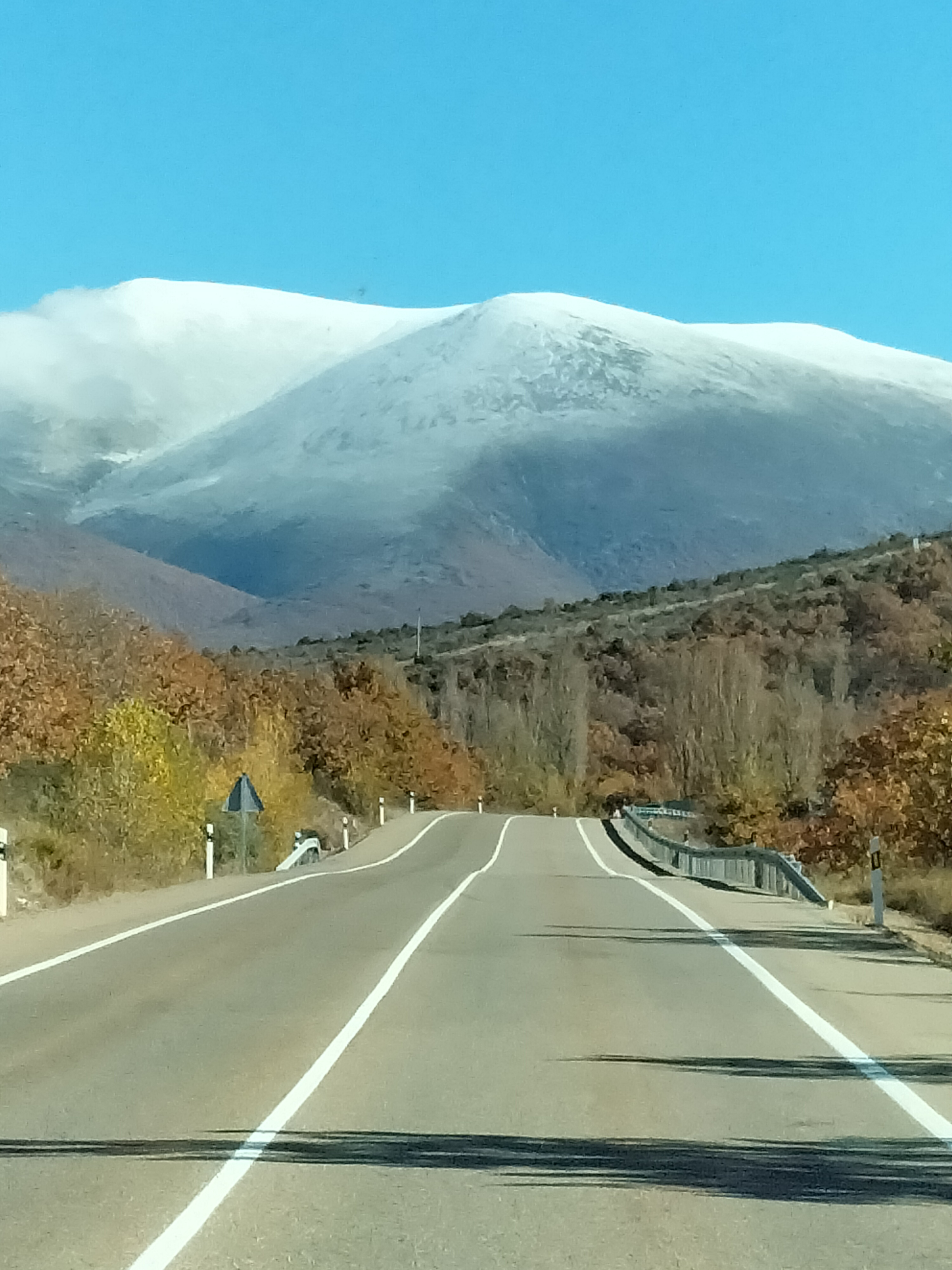
Our first stop along the way was at a little town called Medinaceli, which sounded more Italian than Spanish to me! We had a hot drink and saw a tiny bit of the village, which, like so many in Spain, juxtaposes the old with the modern in an interesting way. Here’s what I mean:
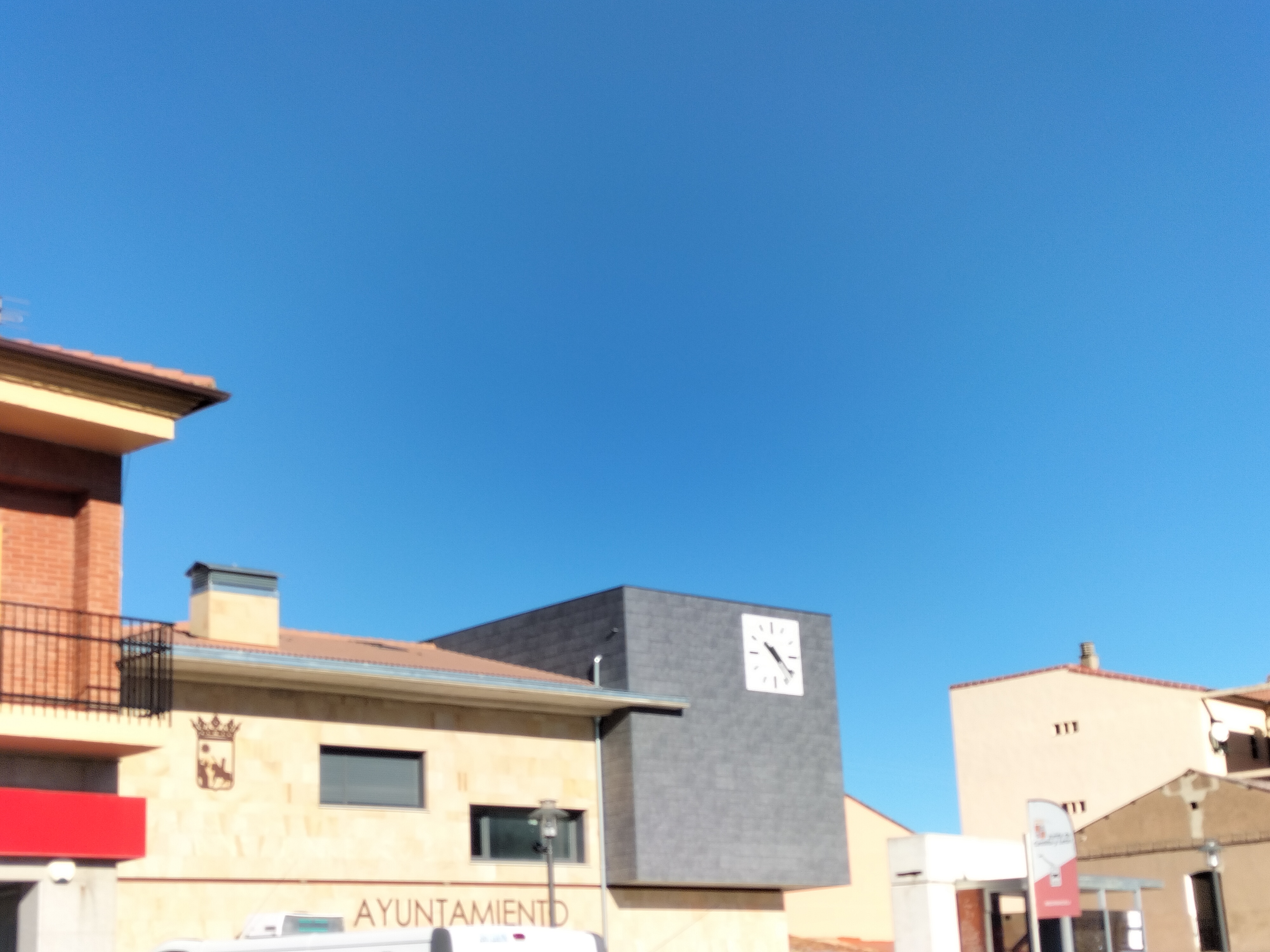
Spain is investing heavily in renewable energy, as we saw when we passed big fields of solar panels and mountain-tops lined with windmills.
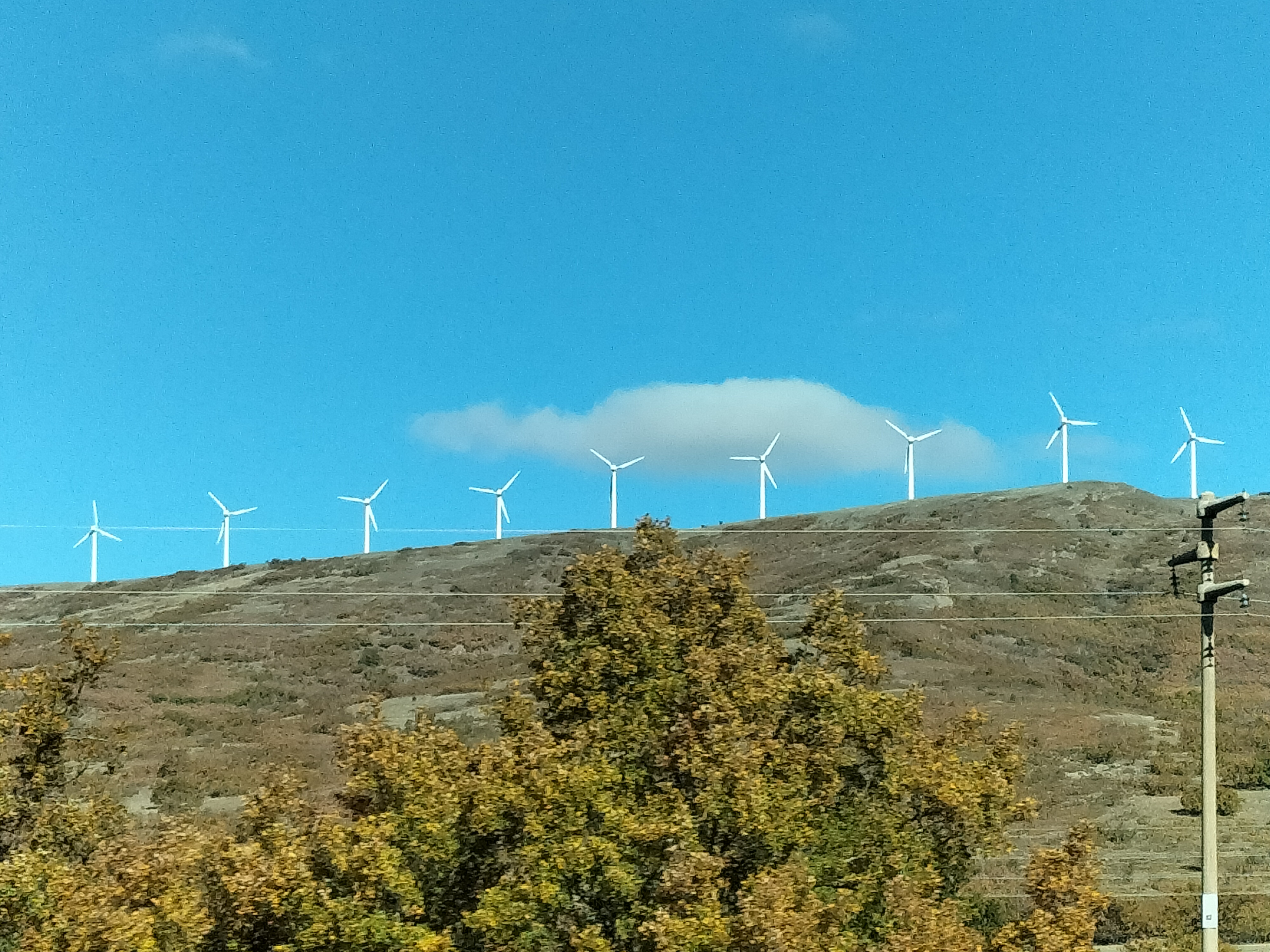
Navarra is a very agricultural part of Spain that grows not only the grapes for my favorite Rioja wines, but also almonds, different cereals, many fruits and vegetables and even rice.


There are several medium-sized cities in Navarra, but we were there to bird, so we spent all three days out in the countryside.
We arrived at our first birding destination on Saturday afternoon, which was Bardenas Reales, a desertic landscape where part of Game of Thrones was filmed. And apparently, some movies set in outerspace have also been shot here.


It was a gorgeous landscape, but the winds were very strong and cold. The temperature was hovering right around freezing, and the winds definitely took us below freezing, so we didn’t manage to see one our target birds, the Black Wheatear.
But once we were out of the Bardenas, we found a flooded rice field where there were dozens of storks, lapwings, dunlins and herons, so it was still very cool, bird-wise. Unfortunately, I was so enthralled that I didn’t think to take a picture!
On Sunday we went to the Selva de Irati, a huge national forest of beech and fir trees.

The forest is the second largest of its type in Europe, extending from northern Spain into the Atlantic Pyrenees Mountains and southern France. And it was far and away the most beautiful forest I have ever experienced. The entire time we drove through the winding roads and then hiked in the forest I kept feeling like I was inside one of those gorgeous puzzles of autumnal scenes, surrounded by the unbelievably breathtaking beauty of yellow and orange leaves, light and dark tree trunks and the stony Irati river bubbling noisily next to the road.
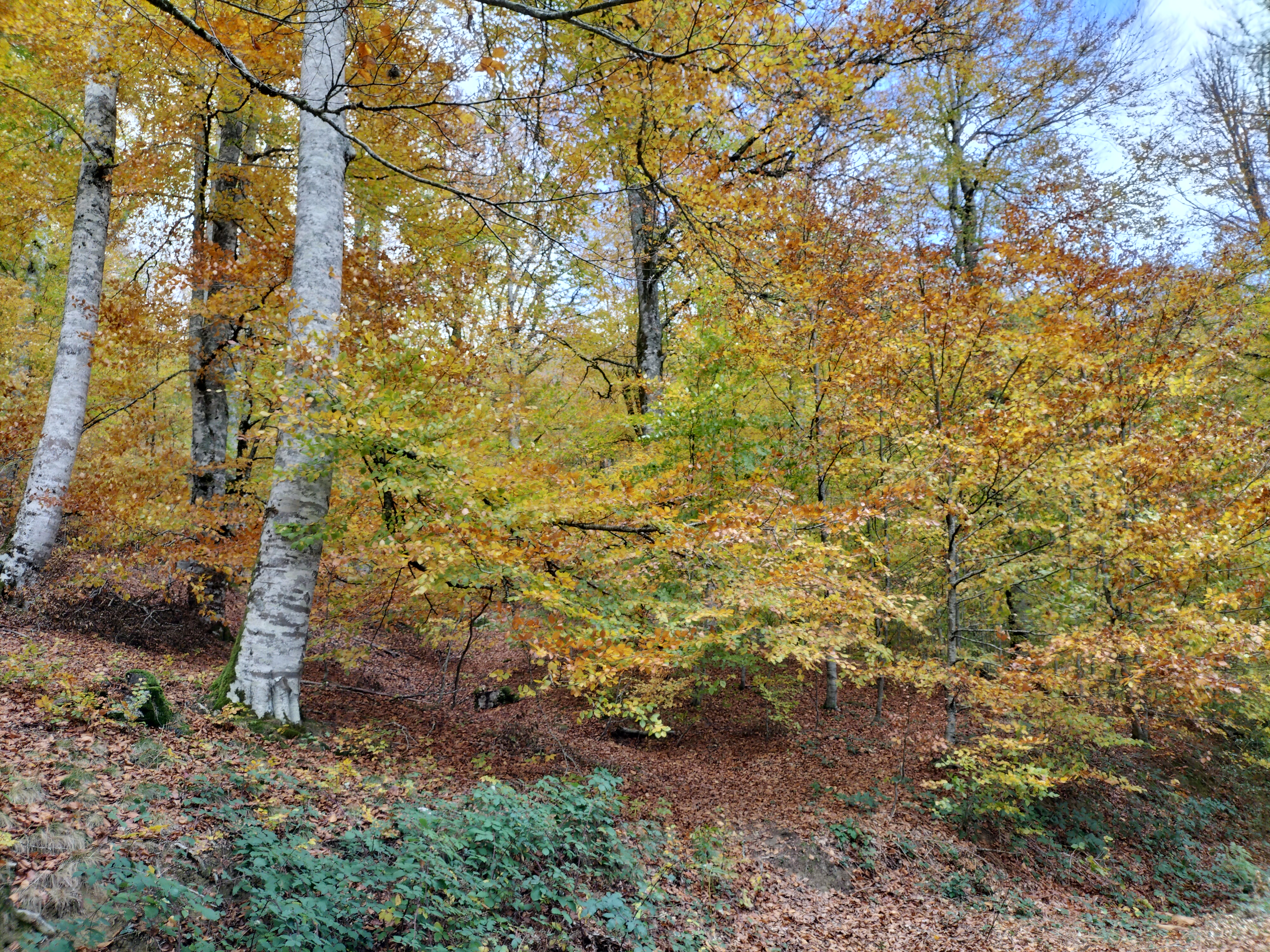
I thought I’d grow used to seeing the delicate branches losing their leaves and the sparkling streams and the endless mountains, some tipped with snow—but three days wasn’t enough time for that to happen.
We saw some really cool birds there, including the scarily named Quebrantahuesos (literally, Bonebreaker, or in English, Bearded Vulture),
and the cute little Eurasian Bullfinch
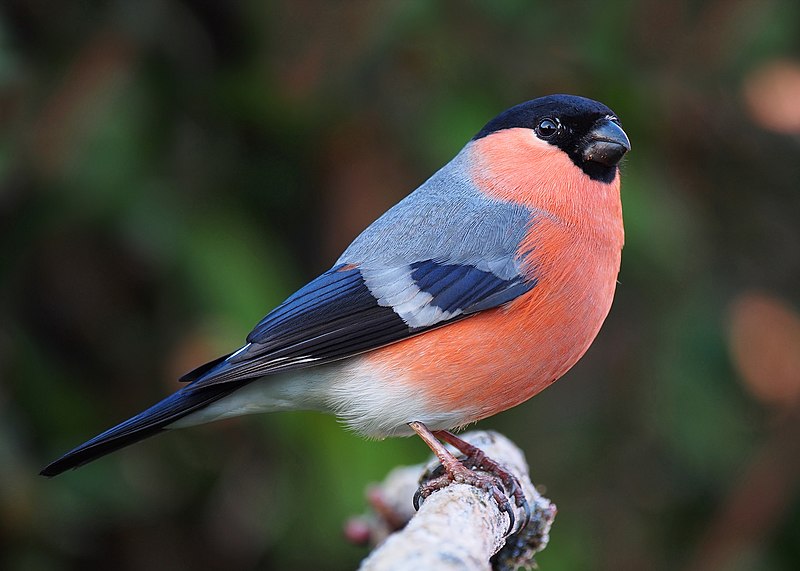
For the last hour we got soaked in the cold, autumnal rain, but it was still a wonderful experience.
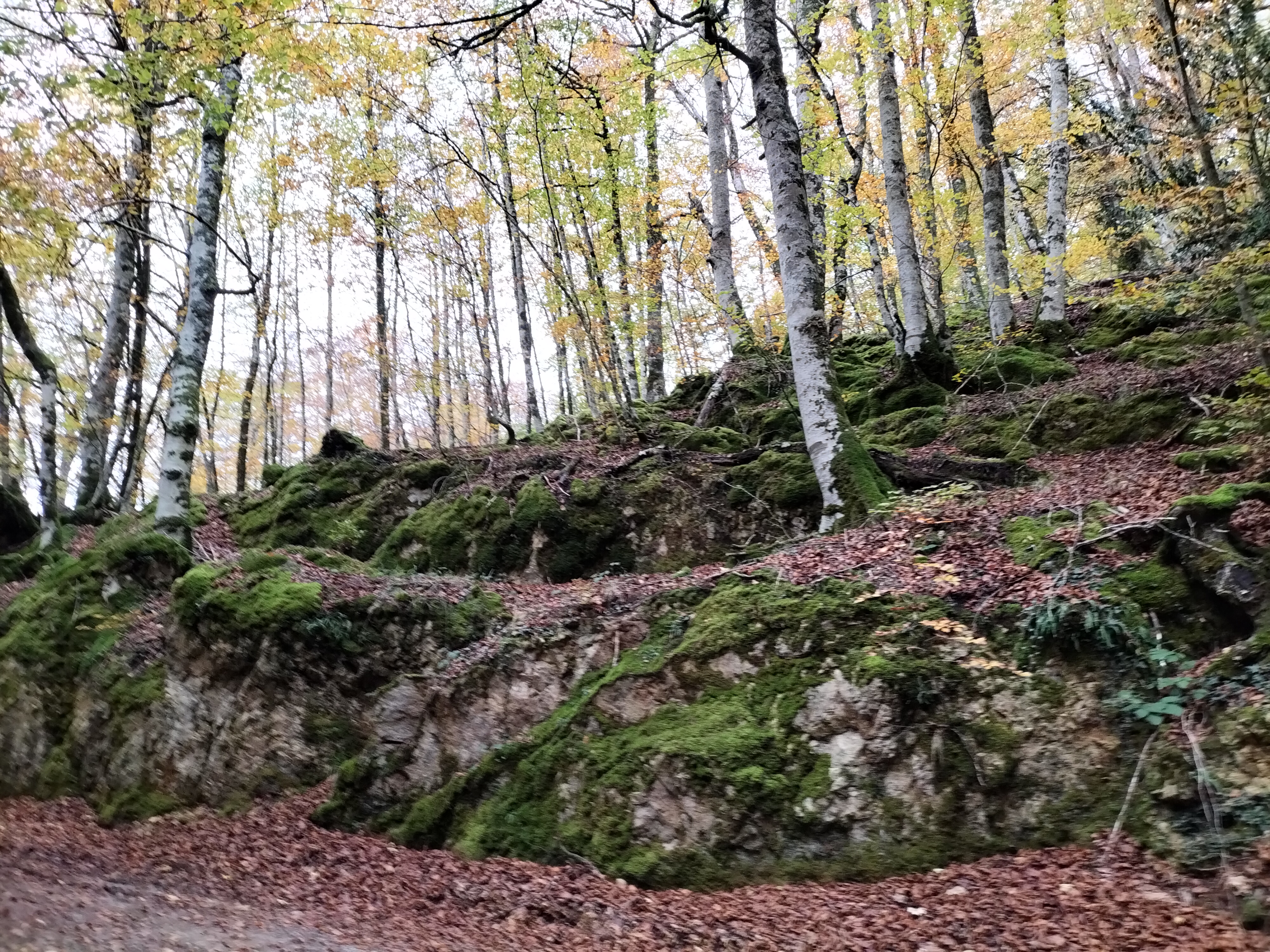
Then on Monday we went to the Foces Navarras, which are gorgeous canyons. First, we stopped at a scenic overlook to get the lay of the land.
Then we drove several kilometers further, to a place where we could walk at the bottom of the canyon, following the old path of a train that used to travel hugging the cliffs. As we walked we scanned the canyon walls for the elusive Wallcreeper. It’s a small, light-gray bird, just under the size of a tennis ball, and it flutters on the steep walls, poking its long, curved bill into cracks to get at insects. Every now and again it spreads its wings, like a little butterfly, and you get a flash of startling burgundy. It took us nearly 2 hours, but in the end, we found one of the three birds that had been seen in the canyon in the last several days. Steven, one of our companions got this photo of it.
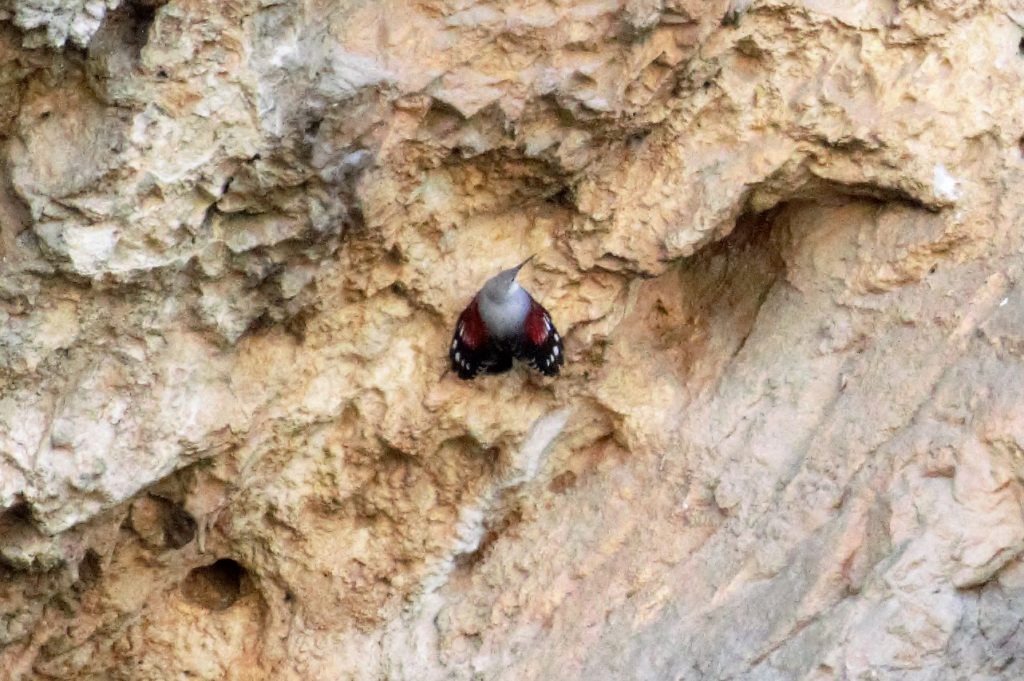
All in all it was a wonderful trip and we’d like to go back to this area again in the spring, both to enjoy the landscape (though the leaves will all have fallen) and to hopefully pick up some of the bird species we missed.
I hope you enjoyed coming along with me virtually on this little jaunt to Navarra. Do you have any questions? What do you think of the landscapes of Spain so far? I’m hoping to do more of these blogs about our birding trips!
And as always, please check out (and tell someone about) my novels here.

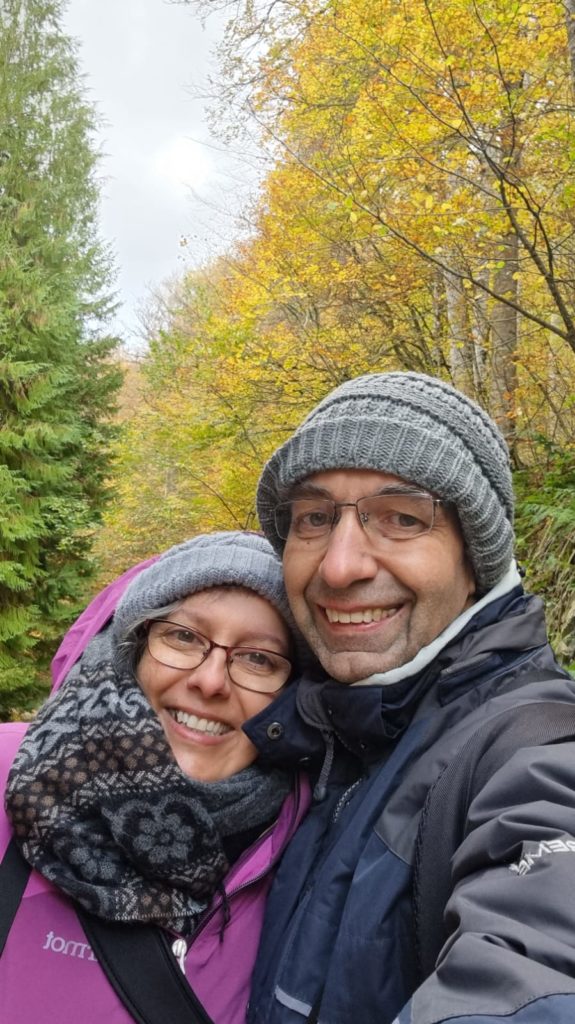
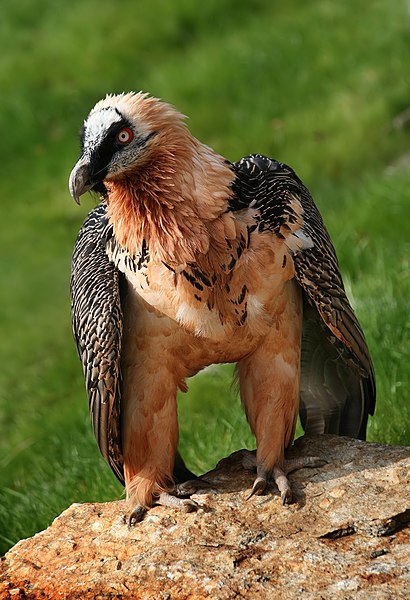


8 comments
Skip to comment form
I wish that I could see some of these beautiful places and God’s lovely creatures and landscapes in person. May be someday……
Author
I hope so too, Leslie!! There’s still time!
Looks like so much fun! Glad you two are settling in and feeling at home. Thanks for sharing your adventures!
Author
Aw, thanks, Margaret! Hope you can come visit some time! Hugs!
The pictures were so nice. It’s like I’m right there, too.
Author
Aw! I’m glad you’re enjoying them. This was a fun one to write and re-live!
The bonebreaker vulture is scary looking for sure, but the others were very colorful. Thanks for the pictures.
Author
Yeah, I wish we could have seen the vulture closer. It was soaring high above the cliffs. But we got much better looks at the smaller birds and they were really pretty. 🙂